Doing Hypnosis: Interventions to Immediately Transform Clients with Anxiety, Trauma, Stress, Pain, Addiction, & Obesity by C. Alexander and Annellen M. Simpkins
$219.99 $62.00
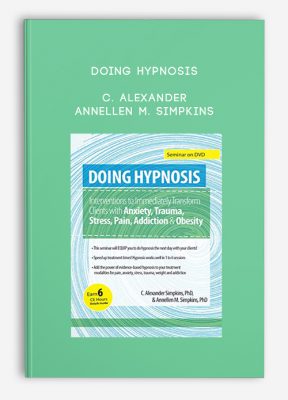
Doing Hypnosis: Interventions to Immediately Transform Clients with Anxiety, Trauma, Stress, Pain, Addiction, & Obesity by C. Alexander and Annellen M. Simpkins
**More information:
Get Doing Hypnosis: Interventions to Immediately Transform Clients with Anxiety, Trauma, Stress, Pain, Addiction, & Obesity at Salaedu.com
Description
- This seminar will EQUIP you to do hypnosis the next day with your clients!
- Speed up treatment times! Hypnosis works well in 1 to 6 sessions
- Add the power of evidence-based hypnosis to your treatment modalities for pain, anxiety, stress, trauma, weight and addiction
As a clinician, it can be frustrating the number of sessions needed to see results. Too many of our clients spiral out of control over simple every day stress because they don’t have in the moment coping skills. Are you giving them skills they can use in the moment?
We remember seeing Halle, a mom who had experienced complications, pain, and trauma with her first birth. It took her 10 years to consider having another child. Sitting in our office three months pregnant, her baby’s health was dependent upon her ability to handle the stress and trauma of the first birth. She would deliver in six months and she needed coping skills today. If you see Halle tomorrow, do you have an approach that can provide her the skills she needs to cope tomorrow?
Watch our recording and learn the hypnosis techniques we used that transformed Halle’s life and made her fears vanish.
This workshop teaches you how to go in and out of the hypnotic state, use direct and indirect forms of suggestion, and employ a four-step method to alter negative self-suggestion. You will experience varied hypnotic phenomena and learn helpful, powerful interventions for anxiety, stress, trauma, substance abuse, pain, sleep and weight.
If you are new to hypnosis, you will gain the skills you need to start adding hypnosis into your practice. Or, if you are an experienced hypnotherapist, you will learn innovative methods to enhance your work. Through the process, you will gain hypnotic skills you can use for enriching your own personal development.
We have spent more than 40 years in the research, neuroscience, and the practice of hypnosis, and have used hypnosis ourselves many times as a personal resource for pain, stress, and accomplishing seemingly impossible tasks. In our own research comparing indirect hypnotherapy to traditional awareness-based therapy, we found subjects working unconsciously in hypnosis, effectively overcame target complaints.
Hypnosis: Working with the Unconscious
- Paradigm shift on the unconscious
- East-West correlation
- Neuroscience research support
- Research for working unconsciously in therapy
- Advantages of hypnosis for therapy
How Hypnosis Affects the Brain
- Unconscious intelligence
- Hypnosis dual effect
- Hypnosis and executive control
- Default mode network
Developing Your Hypnotic Tools
- Absorption
- Focus
- Openness
- Mind-body Link
- Suggestion
- Direct
- Indirect
- Post-hypnotic
- 4-step method to overcome negative self-suggestions
Trancework
- Getting to know your natural unconscious tendencies
- Going in and out of hypnosis
- Deepening with hypnotic phenomena
Utilizing Hypnosis for Therapy: Research, Cases, Protocols & Experiential Exercises
- Anxiety, stress and trauma
- Substance abuse
- Pain
- Sleep
- Eating disorders
- Psychosomatic disorders
Principles to Guide your Hypnotherapy
More information about Medical:
Medicine is the science and practice of establishing the diagnosis, prognosis, treatment, and prevention of disease.
Medicine encompasses a variety of health care practices evolved to maintain and restore health by the prevention and treatment of illness.
Contemporary medicine applies biomedical sciences, biomedical research, genetics, and medical technology to diagnose, treat, and prevent injury and disease,
typically through pharmaceuticals or surgery, but also through therapies as diverse as psychotherapy, external splints and traction, medical devices, biologics, and ionizing radiation, amongst others.
Medicine has been around for thousands of years, during most of which it was an art (an area of skill and knowledge) frequently having connections to the religious and
philosophical beliefs of local culture. For example, a medicine man would apply herbs and say prayers for healing, or an ancient philosopher and physician would apply bloodletting according to the theories of humorism.
In recent centuries, since the advent of modern science, most medicine has become a combination of art and science (both basic and applied, under the umbrella of medical science).
While stitching technique for sutures is an art learned through practice, the knowledge of what happens at the cellular and molecular level in the tissues being stitched arises through science.
1 review for Doing Hypnosis: Interventions to Immediately Transform Clients with Anxiety, Trauma, Stress, Pain, Addiction, & Obesity by C. Alexander and Annellen M. Simpkins
Add a review Cancel reply
Related products
HEALTH - FITNESS - LIFESTYLE - MEDICAL
HEALTH - FITNESS - LIFESTYLE - MEDICAL
HEALTH - FITNESS - LIFESTYLE - MEDICAL
HEALTH - FITNESS - LIFESTYLE - MEDICAL
HEALTH - FITNESS - LIFESTYLE - MEDICAL
HEALTH - FITNESS - LIFESTYLE - MEDICAL
HEALTH - FITNESS - LIFESTYLE - MEDICAL
HEALTH - FITNESS - LIFESTYLE - MEDICAL

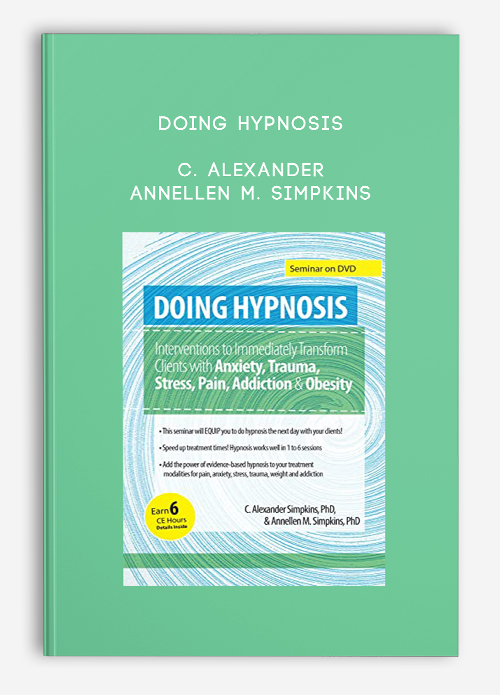


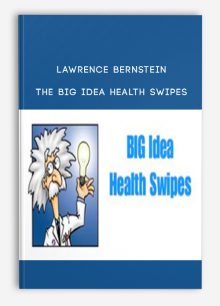
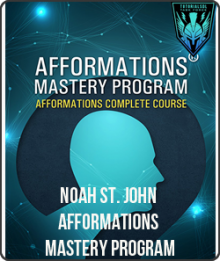
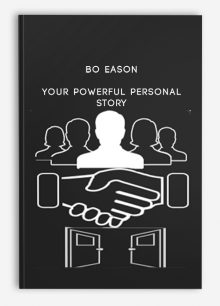
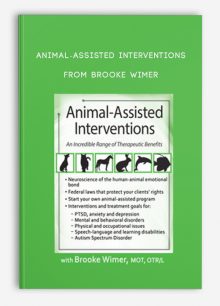


Trevis Trevis –
Welcome to Sala Shop, we are here to provide everything to learn and improve this life…encourage you to check clearly the course